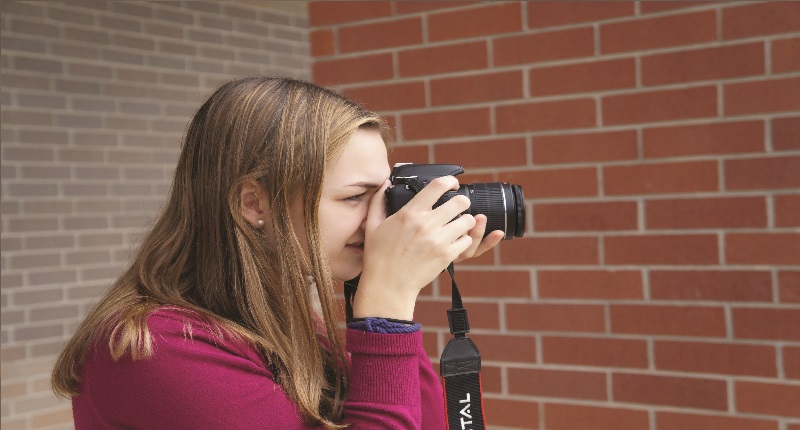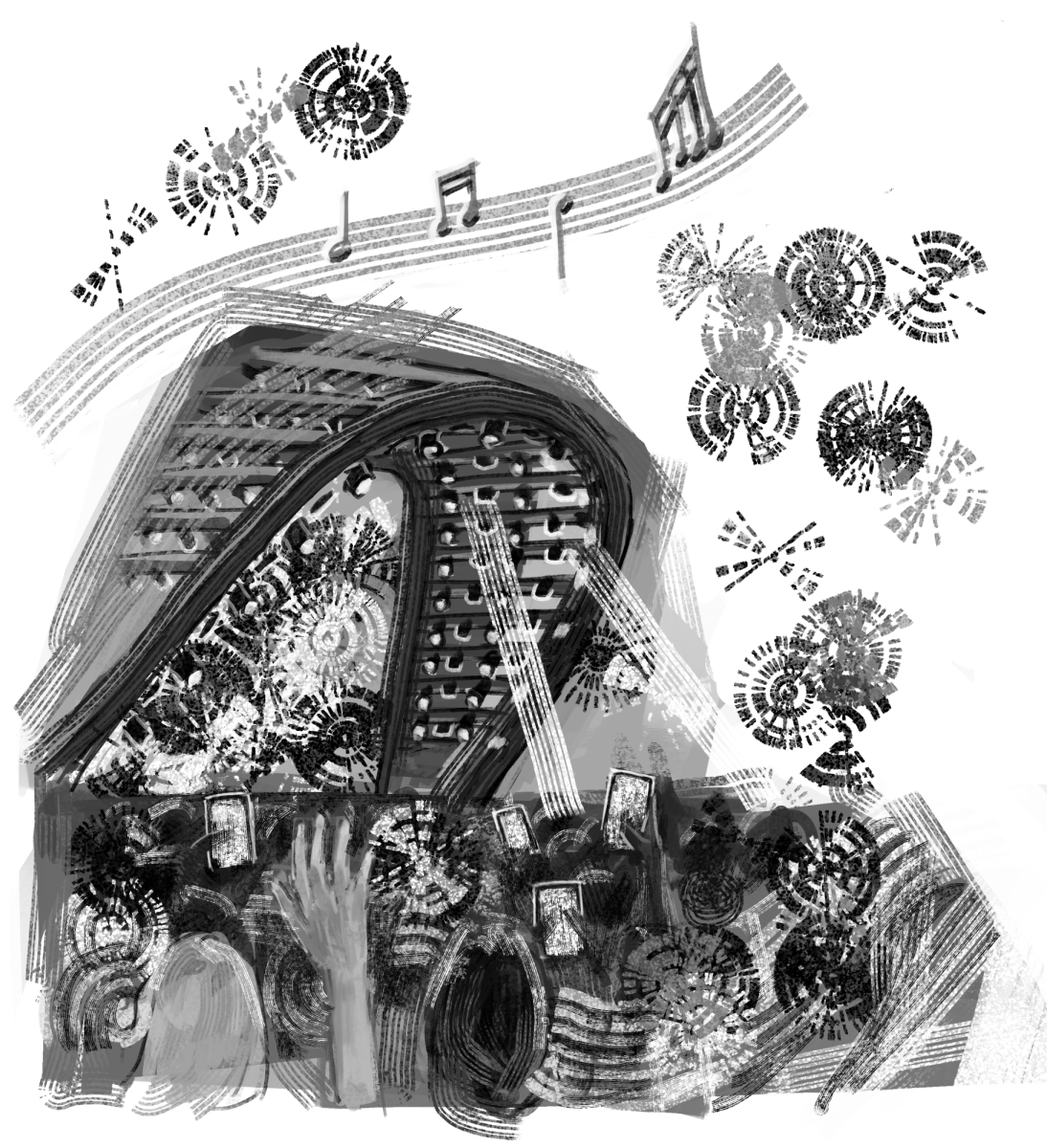Written by Stella Ho and Albert Zhang
A picture is worth a thousand words, but a film, with 24 frames a second, communicates millions of words per minute. People of all ages and races across the country express themselves through film, and the DC short film festival, which closed September 20, provided an opportunity for filmmakers from across the nation to share their unique messages through the medium of motion pictures.Though undoubtedly smaller and more localized, Richard Montgomery mirrors DC as a hotspot of artistic and cultural activity. The school boasts a large number of incredibly talented, aspiring student filmmakers who create professional productions out of the love and passion they have for the medium. Just one of these individuals is sophomore Simon Gershunskiy.
Gershunskiy is involved with many film projects; he has helped produce a short film at American University, as well as cowritten and directed the cinematography of an indie film. In addition, he takes on editing jobs for various films and video projects.“Film,” he said, “is the best means of storytelling. It attracts all the senses of a viewer.” Music can evoke joy, wistfulness, motivation, other complex emotions. Likewise, photographs, paintings, and “still” art can accurately capture moments of desperation, ecstasy, or even lassitude. Yet it is the skillful and fluid combination of these elements in film that communicates a powerful message quickly and leaves a lasting impact on the viewer.
Requiring such a multitude of different talents, each film production sees composers, writers, sound editors, cinematographers, and even costume artists collaborating to create one final product. Junior Cam Aaron, who is currently producing a film of her own, said, “There are soundtracks, and scripts and sets. To me, film is a blend of almost all other art forms, and therefore it allows a lot of different artists to collaborate on the same piece.”Arranging all of the equally crucial artistic components to create a polished and meaningful production is one of the most daunting aspects of filmmaking. The process of creating a unique story and translating it to the big screen involves more than just picking up a camera and pressing “record.” Yet this innate complexity is what makes the medium so intricately powerful.
Gershunskiy said, “It’s almost as though the things I previously envisioned—shots, music, dialogue—everything is working together to make something like a symphony. Every aspect of the film is an instrument, and the composition is incomplete without any single part. This is where the real film starts to appear.”In IB Film classes here, students learn how to orchestrate such symphonies. According to IB Film teacher Dustin Flake, the students create “narrative films as well as documentaries and experimental films.” He elaborated, “The technology we have in our hands is so advanced that students can really use most of the techniques Hollywood is using without the million dollar budgets.”
With such a wide plethora of resources, filmmaking is one of the most accessible art forms. Students have the freedom to discover their own styles, as well as identify role models and inspirations for their personal projects.
For Gershunskiy, directors Quentin Tarantino and Wes Anderson have been his greatest influences. “All these directors,” he said, “are professionals at their own style and they’re the ones that make me think about my own.” This influence is reflected in the high quality of RM student productions. According to Mr. Flake, successful student-produced short films “look like they could be an early student film from a well known director.”Experiencing the arduous process of creating one’s own film also boosts the appreciation for the films of others. With greater knowledge of the complexity involved in filmmaking, individuals view other works in a new light, considering how a production was made and how it achieved its impact.
At its heart, filmmaking is a medium of expression, whether its purpose is to express the dire urgency of climate change, the loquaciousness of Donald Trump, or the horrors of slavery. These movies can be viewed by billions of people of all different origins at the click of a button.Films, for the short time they last on screen, connect humans in a way that writing, pictures, or music alone arguably cannot. It is this timeless ability of a film to humanize, connect, and above all, tell a story, that will remain a constant amidst the rapidly shifting times of today’s modern world.













